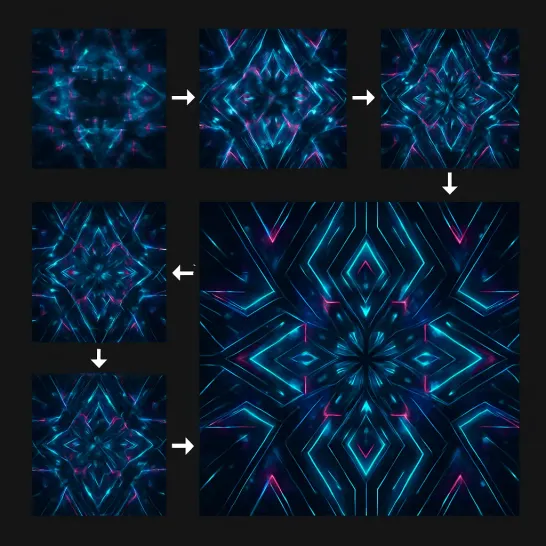Hack The Box - HTB Previous Writeup - Medium - Weekly - August 23th, 2025
In the labyrinth of Previous, a Next.js application whispers its secrets through middleware's loose lips, where path traversal—that ancient art of asking "../" until the system confesses—meets modern framework hubris. A developer's breakfast preference, immortalized in authentication's fallback logic, becomes the skeleton key to SSH's front door. The final act sees Terraform, infrastructure's faithful automaton, deceived into crowning a false provider with root's scepter—a classic substitution cipher executed in the filesystem. This machine teaches us that every framework's convenience method, every hardcoded "temporary" solution, and every automation tool's helpful override becomes another note in the penetration tester's symphony, where the melody is always "trust, but verify" played backwards.
























